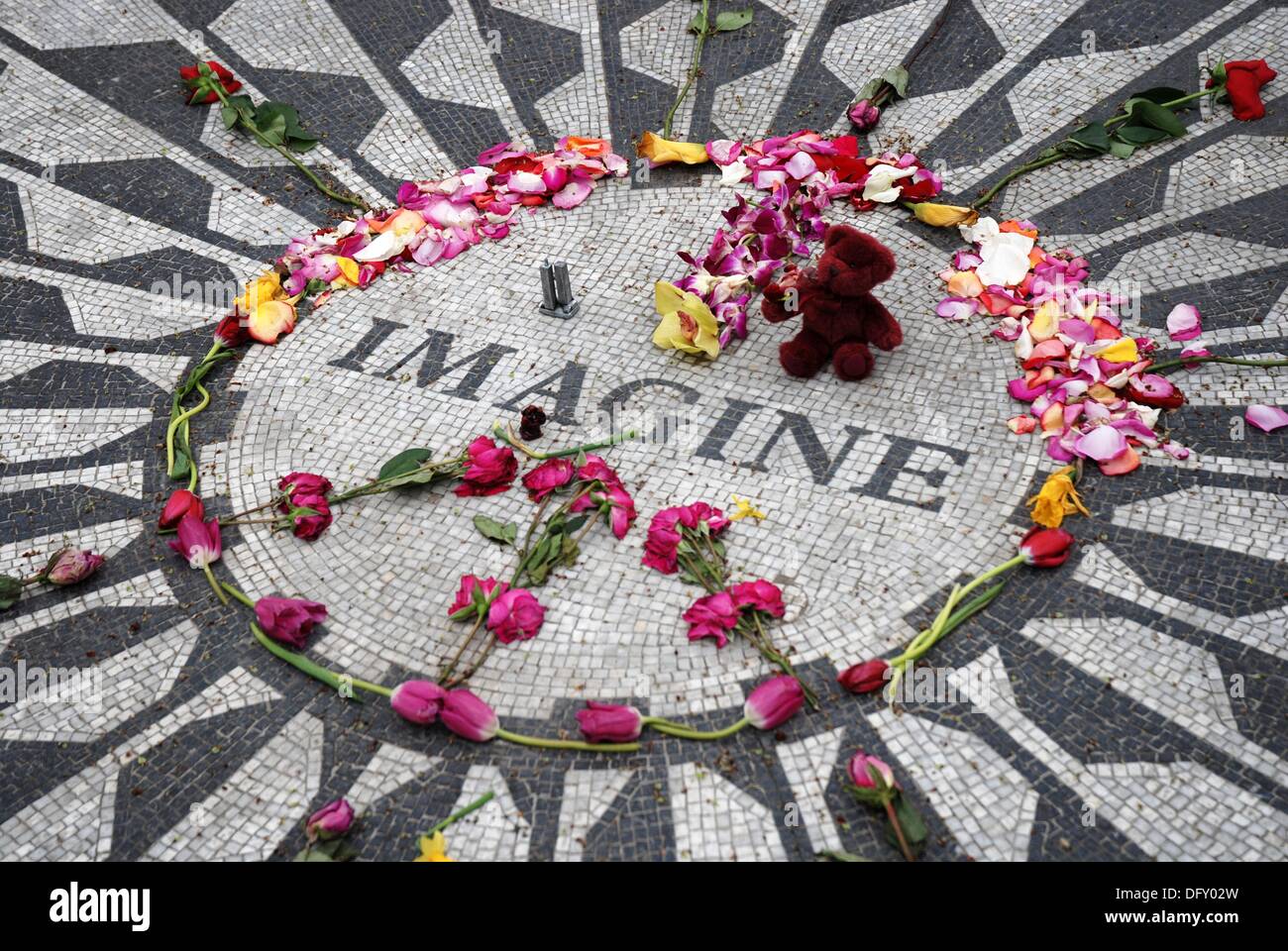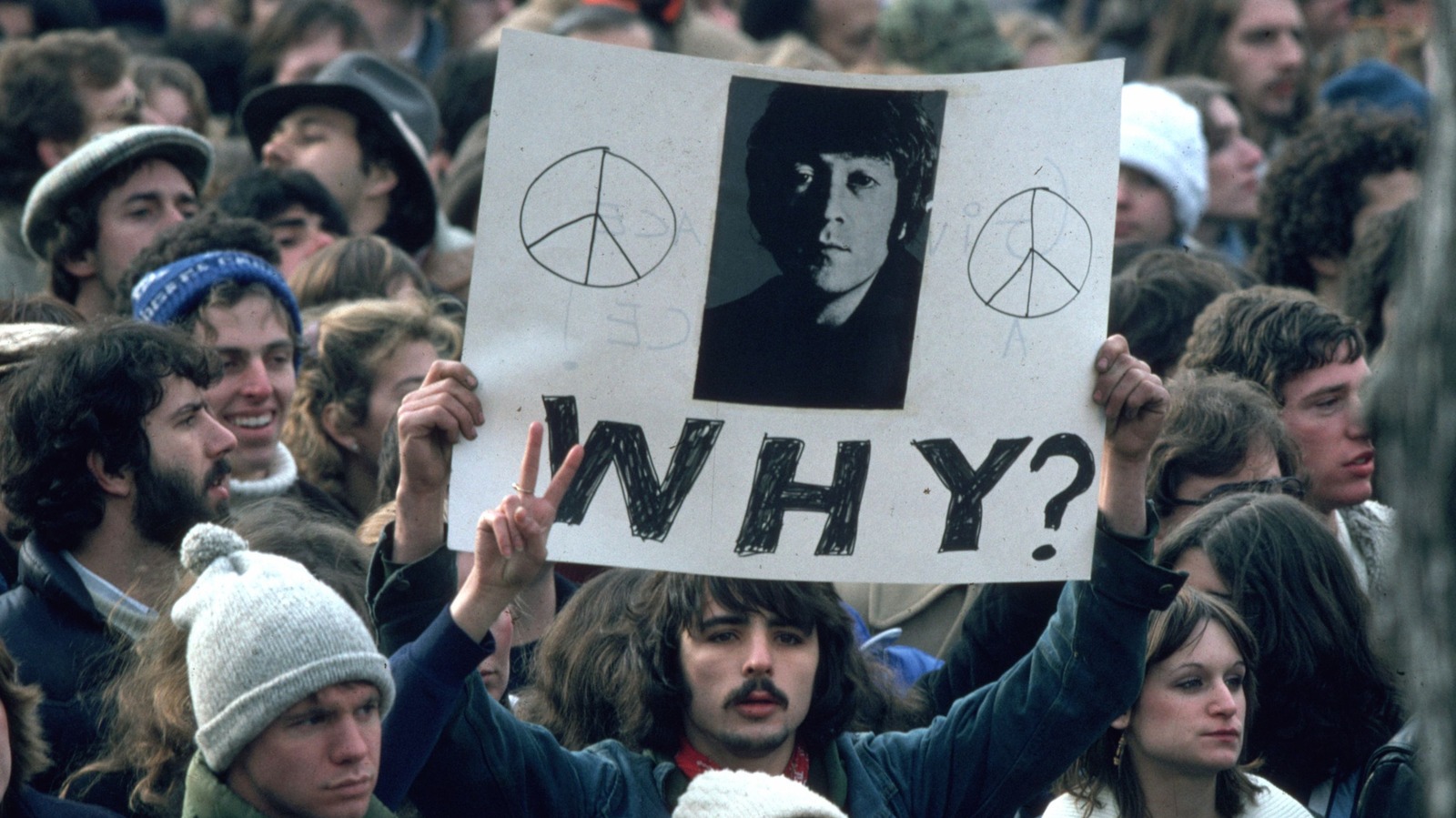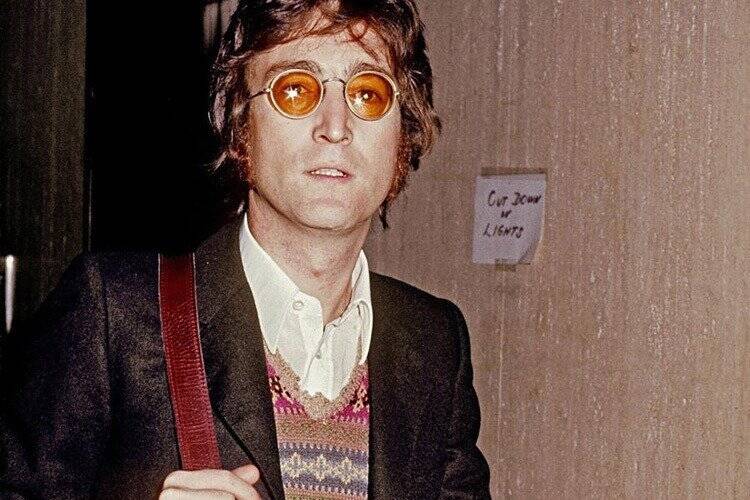John Lennon, one of the most iconic figures in music history, left an indelible mark on the world with his artistry and activism. His tragic death remains a significant moment in history, capturing global attention and leaving fans devastated. This article delves into the details of John Lennon's death place, offering a comprehensive exploration of the events surrounding his passing.
Beyond his immense contributions to music as a member of The Beatles and a solo artist, Lennon was known for his advocacy for peace and his influence on cultural movements. His life and legacy continue to inspire millions worldwide, making the circumstances of his death an important subject of study and reflection.
This article provides an in-depth examination of John Lennon's death place, incorporating historical facts, expert insights, and data from credible sources. By understanding the events that unfolded on that fateful day, we can honor Lennon's legacy and appreciate the profound impact he had on the world.
Read also:Joey Heatherton Death A Comprehensive Look At Her Life Legacy And Passing
Table of Contents
- Biography of John Lennon
- Overview of John Lennon's Death
- John Lennon Death Place
- Timeline of Events Leading to His Death
- Investigation and Legal Proceedings
- Impact on Society and Fans
- Memorials and Tributes
- Conspiracy Theories Surrounding His Death
- Legacy and Cultural Influence
- Conclusion
Biography of John Lennon
Early Life and Career
John Winston Lennon was born on October 9, 1940, in Liverpool, England. He grew up in a working-class family and developed a passion for music at a young age. Lennon formed The Quarrymen in 1956, which eventually evolved into The Beatles, one of the most successful bands in history. His songwriting partnership with Paul McCartney produced countless hits that defined the 1960s music scene.
Personal Life and Achievements
Lennon's personal life was as fascinating as his professional career. He married Cynthia Powell in 1962, with whom he had a son, Julian. Later, he divorced Cynthia and married Yoko Ono in 1969. Lennon's activism for peace and his avant-garde collaborations with Yoko Ono further cemented his status as a cultural icon.
| Full Name | John Winston Ono Lennon |
|---|---|
| Birth Date | October 9, 1940 |
| Birth Place | Liverpool, England |
| Spouse | Yoko Ono |
| Children | Julian Lennon, Sean Lennon |
Overview of John Lennon's Death
John Lennon's death occurred on December 8, 1980, marking a dark day in music history. The event shocked the world and left fans mourning the loss of a beloved artist. Lennon's contributions to music and culture made his passing a significant moment in the 20th century.
John Lennon Death Place
John Lennon was fatally shot outside The Dakota, his apartment building located at 1 West 72nd Street in New York City. This iconic location became synonymous with Lennon's legacy and remains a pilgrimage site for fans worldwide. The building's architecture and its historical significance add to its prominence in popular culture.
Geographical Context
The Dakota, a luxurious apartment building, is situated in the Upper West Side of Manhattan. Its proximity to Central Park and its architectural grandeur make it a sought-after residence for celebrities and affluent individuals. Lennon and his wife, Yoko Ono, had been living there since 1973, making it their home during the last years of his life.
Timeline of Events Leading to His Death
The events leading to John Lennon's death unfolded on the evening of December 8, 1980. Below is a detailed timeline:
Read also:Best Remoteiot Device Control Ultimate Guide To Managing Iot Devices From Anywhere
- 6:00 PM: Lennon and Yoko Ono left The Dakota to attend a recording session at Record Plant Studios.
- 10:50 PM: The couple returned to The Dakota after completing the session.
- 11:00 PM: Mark David Chapman, a fan turned assailant, approached Lennon as he exited his limousine.
- 11:15 PM: Chapman fired five shots, with four hitting Lennon in the back. Lennon was rushed to Roosevelt Hospital, where he was pronounced dead at 11:40 PM.
Investigation and Legal Proceedings
Following the tragic incident, authorities launched a thorough investigation into Lennon's death. Mark David Chapman, the perpetrator, was arrested at the scene and later pleaded guilty to second-degree murder. He remains incarcerated at Wende Correctional Facility in New York.
Psychological Profile of the Perpetrator
Chapman's motivations for the crime have been the subject of extensive analysis. Psychologists suggest that his obsession with J.D. Salinger's novel "The Catcher in the Rye" played a significant role in his actions. Chapman reportedly carried a copy of the book with him on the night of the murder, which became a key piece of evidence in the case.
Impact on Society and Fans
John Lennon's death sent shockwaves through society, affecting fans, musicians, and cultural figures globally. The tragedy highlighted the dangers of celebrity culture and the importance of mental health awareness. Lennon's legacy as a peace advocate and musical genius continues to resonate with people of all ages.
Global Reaction
The news of Lennon's death sparked an outpouring of grief worldwide. Tributes poured in from fellow artists, world leaders, and fans who admired his work. Memorials were held in major cities, and Lennon's songs gained renewed popularity as people sought solace in his music.
Memorials and Tributes
Several memorials have been established in honor of John Lennon, commemorating his life and contributions. The most notable tribute is the Strawberry Fields memorial in Central Park, located near The Dakota. Designed as a peaceful garden, it serves as a place of reflection for visitors from around the globe.
Annual Events
Each year on the anniversary of Lennon's death, fans gather at Strawberry Fields to pay their respects. Candlelight vigils and musical performances are organized to celebrate his memory and promote the ideals of peace and unity that he championed during his lifetime.
Conspiracy Theories Surrounding His Death
Despite the official investigation's findings, various conspiracy theories have emerged regarding Lennon's death. Some speculate that Chapman acted as part of a larger plot involving government agencies or organized crime. While these theories lack substantial evidence, they persist among certain groups who question the official narrative.
Debunking Misinformation
Experts emphasize the importance of relying on credible sources when examining historical events. By analyzing verified data and expert opinions, we can separate fact from fiction and gain a clearer understanding of Lennon's death and its implications.
Legacy and Cultural Influence
John Lennon's influence extends far beyond his music. His commitment to peace, social justice, and artistic innovation continues to inspire new generations. Lennon's death place, The Dakota, stands as a testament to his enduring legacy and serves as a reminder of the impact he had on the world.
Continued Relevance
Lennon's songs, such as "Imagine" and "Give Peace a Chance," remain relevant in today's society, addressing issues of war, inequality, and environmental concerns. His message of hope and unity resonates with people from diverse backgrounds, encouraging them to strive for a better world.
Conclusion
John Lennon's death place, The Dakota, symbolizes both the tragedy of his passing and the enduring legacy he left behind. By examining the events surrounding his death, we gain a deeper appreciation for his contributions to music and culture. As we reflect on his life and work, let us carry forward the ideals he championed and honor his memory through positive action.
We invite you to share your thoughts and reflections in the comments section below. For more insightful articles on music history and cultural icons, explore our other content and join the conversation. Together, we can celebrate the lives of those who have shaped our world and inspired us to make a difference.


